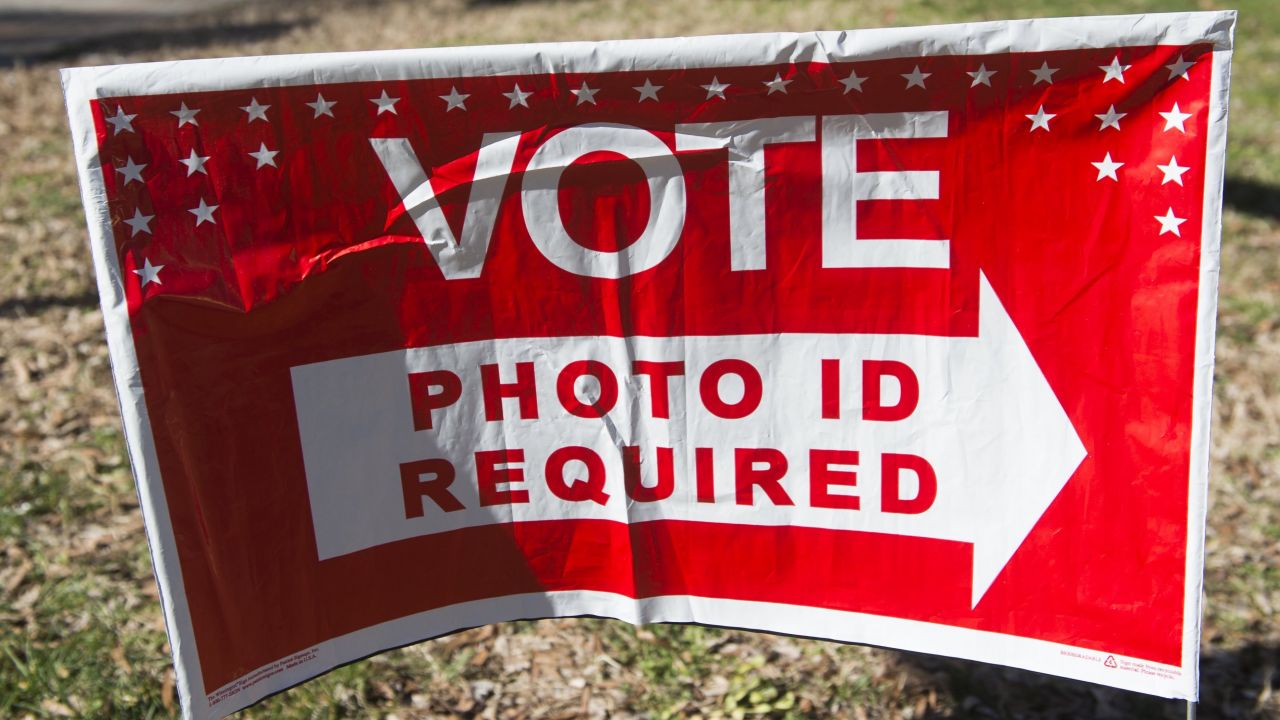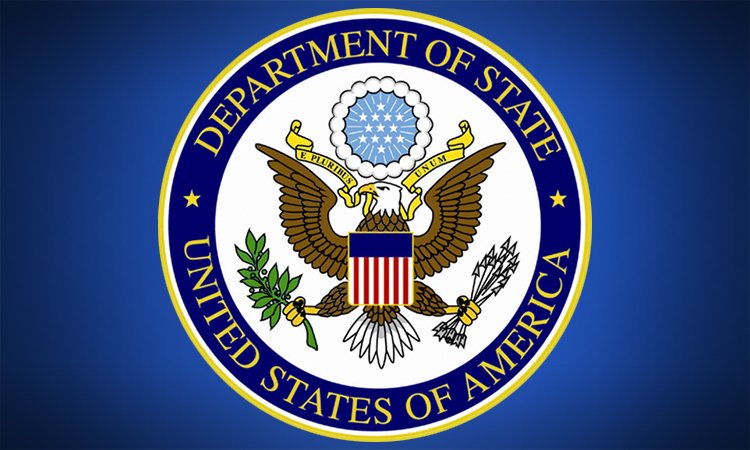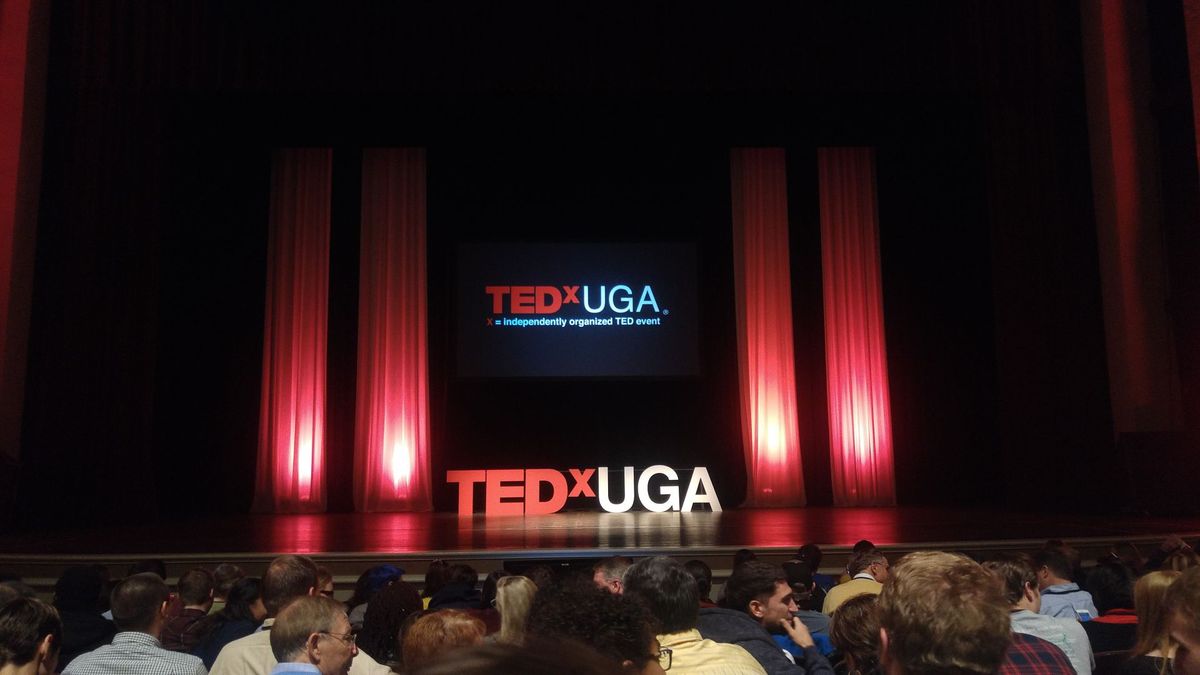By Torus Lu
President Donald Trump tweeted a shout-out to Gregg Phillips, an activist who claims to have documented evidence of over three million fraudulent votes from the election this past fall. This followed a push by the administration to crackdown on voter fraud. On January 23, President Trump told Republican and Democratic lawmakers that millions of illegal votes cost him the popular vote in the election. Two days later, President Trump tweeted that he was asking for a major investigation into voter fraud.
Voter fraud can occur in multiple ways. Some examples of voter fraud include the use of dead people’s identities to vote, voting by non-citizens, and multiple instances of voting by a single person. The claim, if true, would signify an extreme violation of the integrity of the election. Around 139 million people voted in the election, which means that President Trump’s lower estimate of voter fraud would represent around 2.2 percent of votes cast.
President Trump’s claim was accompanied by some evidence. To lawmakers, the president presented an anecdote that someone waiting in line to vote on Election Day saw other people in line that did not seem to belong there, but did not offer much more in the way of detail. The man was initially identified to be German golfer Bernhard Langer, although Langer later commented that he had heard the story from a friend. Gregg Phillips, the aforementioned activist, has developed an app that compiles pictures related to suspicious election activity. Phillips has said that he is “months away” from providing evidence to support his claim.
Another piece of evidence the president has pointed to in support of his claim is the 2012 Pew Center on the States report. Among other findings, the report stated that “approximately 2.75 million people have registrations in more than one state” and that there were “more than 1.8 million records for people who are no longer living, but have registrations on voter rolls”. It is not illegal to be registered in multiple states, but illegal to vote in multiple states
The president’s move drew some significant endorsements in the succeeding days. Speaker of the House Paul Ryan said that he believed some voter fraud occurred and endorsed the investigation. Rep. Mo Brooks (R-Alabama), likewise endorsed the president’s concern with illegal voting.
Accusations of voter fraud usually suggest that the Democratic vote was inflated by the alleged cheating. This means Republicans are usually the ones making the accusations, and Democrats are usually the ones rejecting the accusations.
Some media outlets have been quick to point out that there is a distinction between inaccurate voting registrations and fraudulent election practices, i.e. voting multiple times. Inaccurate registration records, they say, do not represent illegal activity and do not have any capacity to influence elections. A frequently-interviewed figure, David Becker, the author of the Pew Center on the States report, has repeatedly denied the idea that his findings constitute evidence of voter fraud. President Trump responded in an interview by stating that Becker was “groveling”.
Another frequently cited counterpoint is that some close to Trump are registered in multiple states, according to registration records. Among these include senior advisor Jared Kushner, White House Press Secretary Sean Spicer, chief White House strategist Steve Bannon, Tiffany Trump, and Secretary of the Treasury nominee Steve Mnuchin. White House counselor Kellyanne Conway has denied that Tiffany Trump is registered to vote in two states.
Elections are largely managed at the state-level, which means the state’s Secretary of State is responsible for administering elections and maintaining their integrity. The National Association of Secretaries of State declared that it had no evidence to support the president’s voter fraud claims. In contrast, the Republican Secretary of State of Kansas, Kris Kobach, has said that he advised the president to pursue the investigation into voter fraud.
Past studies of voter fraud have provided evidence that voter fraud occurs, but also that instances of it are limited and insignificant to the outcome of the election. Certainly, no evidence has been found of past cases of voter fraud where illegal ballots number in the millions. The Washington Post has aggregated four cases of proven voter fraud across the entire nation during last fall’s election. A nationwide federal investigation into voter fraud from 2002-2005 yielded 24 cases resulting in guilty pleas or convictions. These included five ballots cast by felons, fourteen cast by non-citizens, and five cases of voting in two states.
Democrats, in particular, have strongly dismissed the president’s claim. House Minority Leader Nancy Pelosi, who was present at the president’s meeting with lawmakers, told President Trump that his claim was false during the meeting. Senator Richard Blumenthal (D-Connecticut) and Representative Rose DeLauro (D-Connecticut) called the proposed investigation a “witch hunt”.
At first glance, this strong reaction from Democrats may seem puzzling. After all, for something as important as the integrity of America’s elections, caution may seem like the prudent choice. Why then, is the issue so polarizing, with some so certainly claiming that fraud is widespread and others so certainly claiming that fraud is negligible?
That polarization occurs because a controversial policy proposal tends to accompany claims of voter fraud. Voter identification laws, which require government issued identification materials to be presented at the polling station, go hand in hand with claims of widespread, significant voter fraud. Critics allege that these laws dissuade many eligible voters from voting by raising the obstacle of obtaining identification. Furthermore, they allege that these laws are specifically intended to raise greater obstacles for groups more likely to vote against Republicans. In response to a push for voter identification laws in 2014, the NAACP said that 25 percent of voting-age African-Americans and 16 percent of voting-age Latinos lacked government-issued identification, compared to 8 percent of whites.
One notable example was Texas’s voter identification laws. Critics pointed out that it allowed handgun carry licenses as an acceptable form of photo identification while student identification cards were not. The law was struck down in federal courts. Part of the ruling of the initial court decision was that Texas’s law would effectively disenfranchise “a disproportionate number of African-Americans and Hispanics.” In 2016, a Federal Appeals Court struck down a North Carolina law that created voter identification requirements and cut early voting, stating that “the new provisions target African Americans with almost surgical precision”. Regarding North Carolina’s laws, Republican consultant Carter Wrenn said the following regarding Republican lawmakers’ motivations, “Look, if African Americans voted overwhelmingly Republican, they would have kept early voting right where it was.” He rejected the idea that racist intentions were involved.
As with Republicans’ concern for voter fraud, studies tend to contradict Democrats’ worst fears regarding voter identification laws and voter suppression. The Government Accountability Office reviewed ten rigorous academic studies. It found that, in half the studies, voter identification laws had statistically insignificant effects on voter turnout. Paradoxically, one study showed a statistically significant increase in voter turnout. GAO researchers noted that turnout was reduced among African-Americans 3.7 percent more than among whites in Kansas, but also that no reductions in Hispanic or Asian-American turnout could be found.
The debate surrounding voter fraud reflects American politics as a whole. Facts regarding the issue are widely disputed, and partisanship plays a key role in driving hyperbolic and unsupported claims.


